When you think of muscle cars from the 1970s, you probably imagine powerful pony and mid-sized cars with monstrous engines. In this video, we review the 10 fastest factory original muscle cars from the 1970s, detailing their specific trim, engine, and transmission options. We’ll also take a nostalgic look back at some legendary muscle car warriors from the unbridled horsepower era of the early 1970s. We’ve included their original cost when new and how much they’re worth today, so let’s take a cruise down classic car mile.
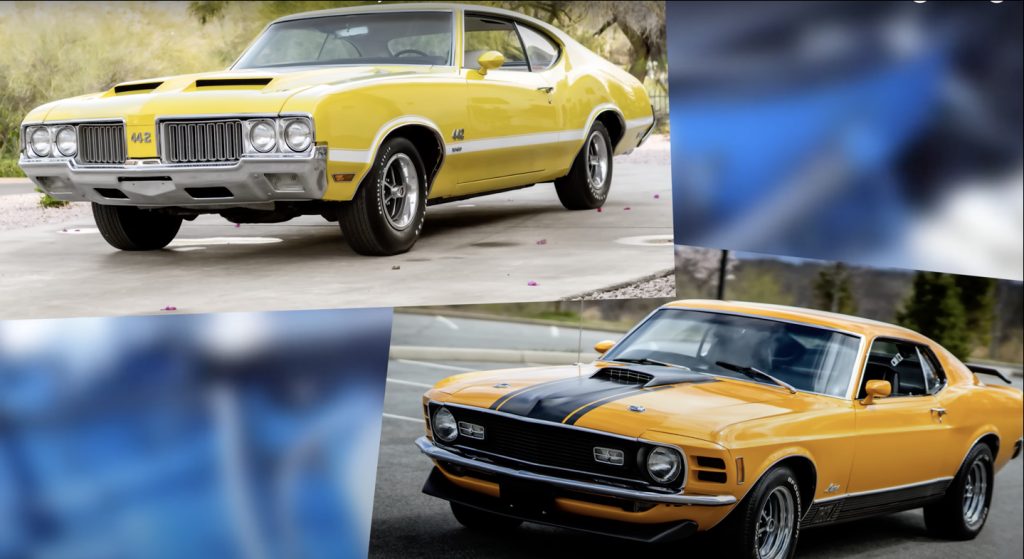
Buick GS455:
In 1970, Buick infused their mid-size Skylark with enough muscle to produce a car with 360 horsepower and 510 foot pounds of torque from a 455 cubic inch engine. The result was the Buick GS455, which had a stage one option that made for a well-equipped, comfortable, and seriously speedy Buick. The GSX option was also available for a racier look to compete with the GTO Judge or Chevelle SS. It clocked in at 5.5 seconds for the 0-60 sprint and cost around $4,800 in 1970. Today, you could get yourself a pristine example of one of these for about $150,000.
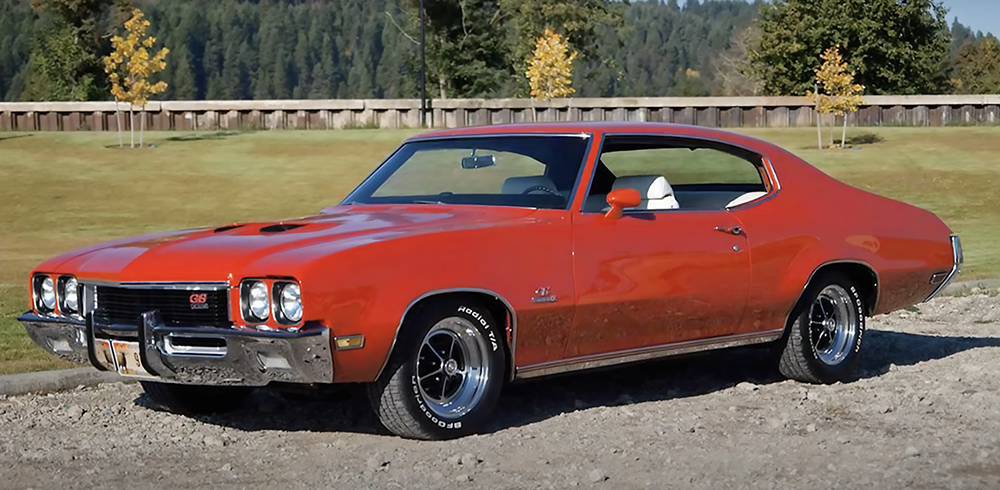
Dodge Challenger R/T:
The aggressive and muscular looking Dodge Challenger R/T was Chrysler’s answer to the Mustang and their entry into the pony car segment. It had a range of V8 engine choices, including 383, 426, and 440 cubic inch versions. The wild one to have was the 426 Hemi with a four-speed manual transmission, propelling this American muscle car from zero to 60 miles per hour in 5.4 seconds. In 1970, it would have cost about $4,500, but today you could sell it for around $350,000.
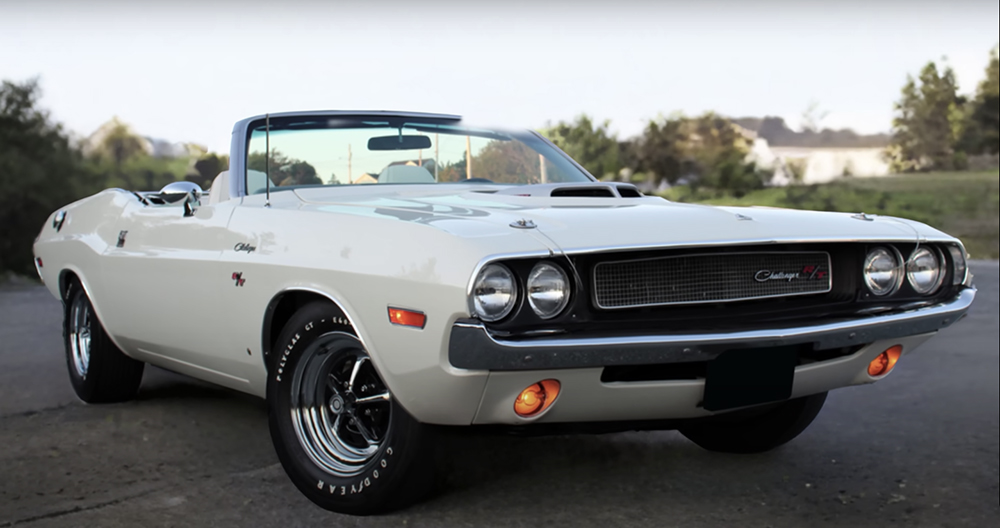
Pontiac Firebird Trans Am:
For the Firebird Trans Am 1971 model year, Pontiac upped their engine game to include the 455 cubic inch brute and made it available in the Formula and Trans Am trim levels. The LS5, with the four-speed transmission, could get up and go with zero to 60 miles per hour arriving at 5.4 seconds and the end of the quarter mile appearing at 13.8 seconds. In 1971, it would have cost about $4,700, but today, a showroom condition all-original 455 HO would set you back about $80,000.
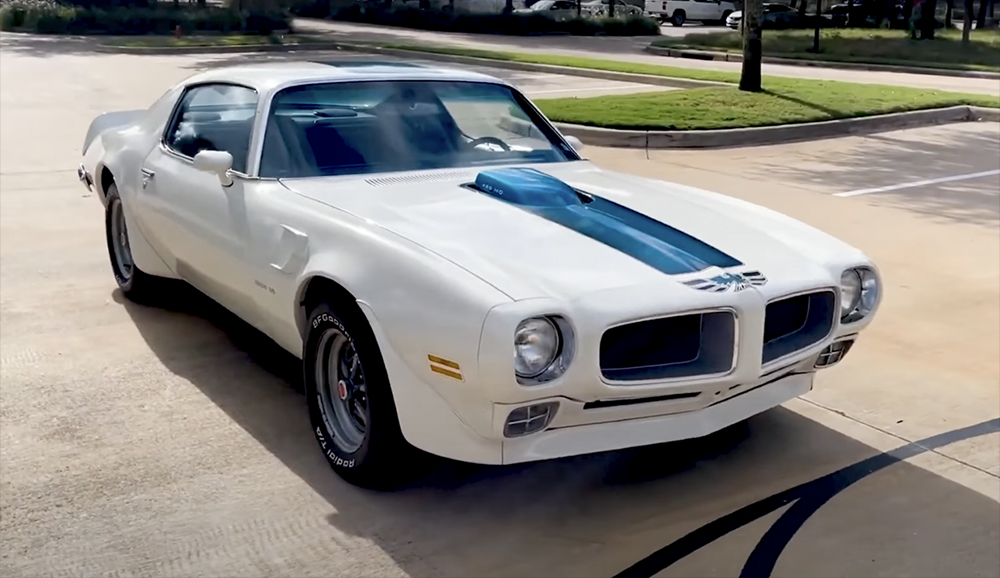
Chevrolet Chevelle SS:
Chevrolet’s mid-size Chevelle received a new engine option for 1970, the 454 cubic inch big block goliath rated at 450 horsepower. Equipped with a four-speed transmission, the LS6 Chevelle could blast to 60 miles per hour from a standstill in 5.4 seconds and conquer the quarter mile in 13.12 seconds. In 1970, this car cost around $4,500, but today, an all-original restored LS6 at auction goes for around $330,000.
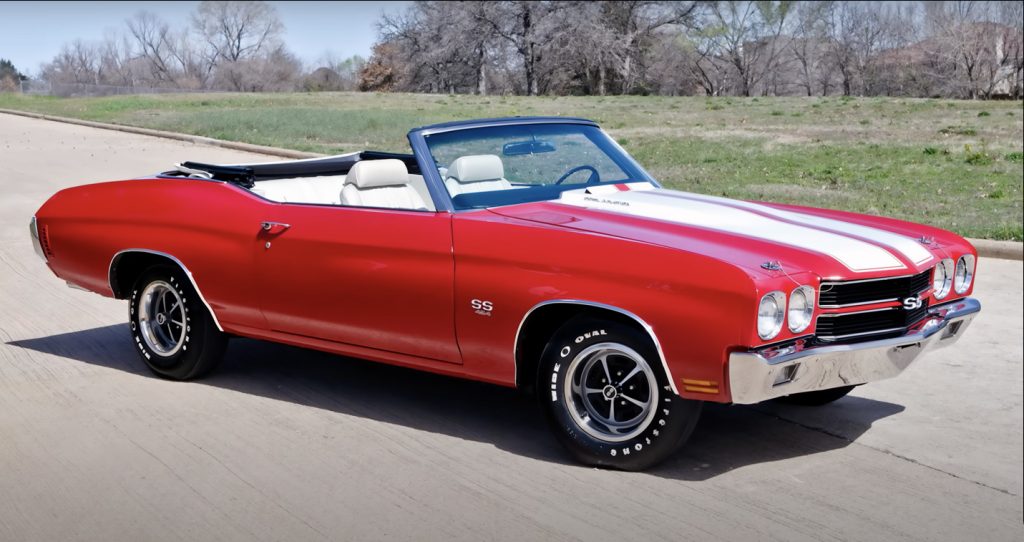
Chevrolet Corvette ZR2:
For the 1971 Corvette, Chevrolet dropped the aluminum head LS6 454 cubic inch engine between the front fenders of this iconic American roadster that made a conservatively rated 425 horsepower. The ZR2 option upgraded the suspension, brakes, clutch, and added an aluminum radiator. It would get you to 60 miles per hour in 5.3 seconds and blister through the quarter mile at 13.8 seconds. Not exactly cheap when new in 1971, it would have cost you $7.
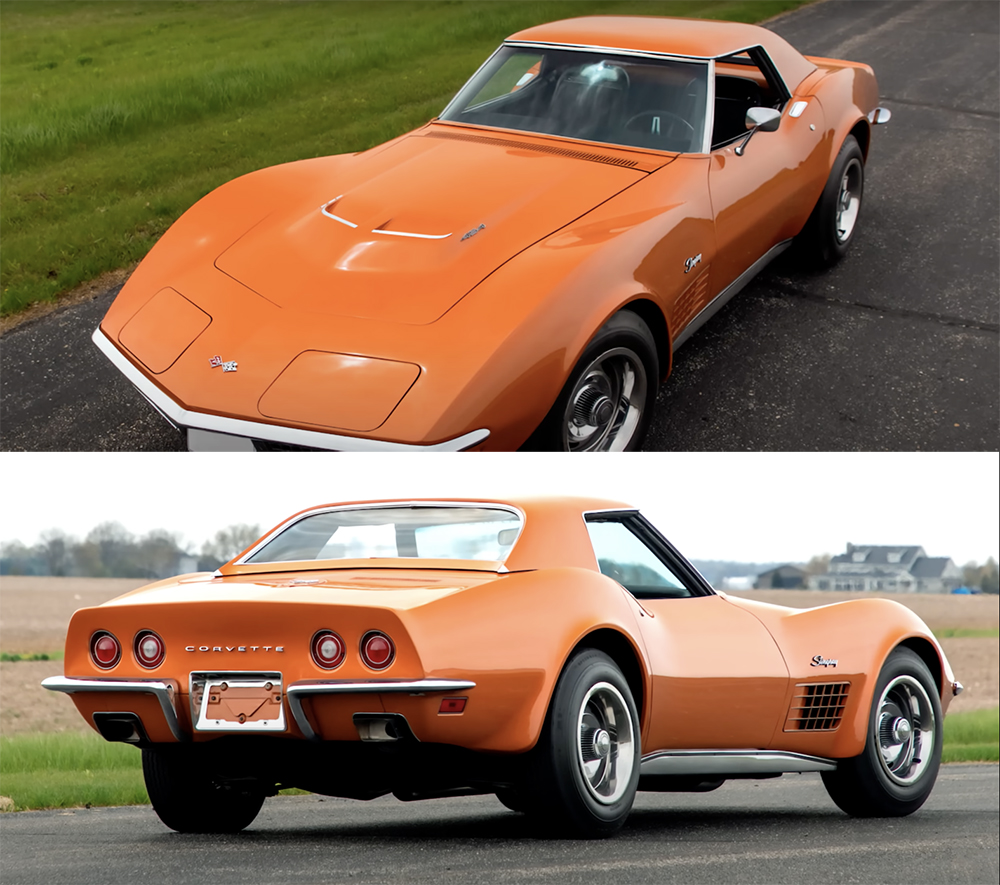
Dodge Super Bee:
To combat the Plymouth Roadrunner and offer buyers a cheaper alternative to their own legendary Charger, Dodge formulated the Super Bee based on its Coronet model. The 426 Hemi with 425 horsepower was the engine to have, and with a lighter weight and less onboard accessories and options, the Super Bee could dash from 0 to 60 in 5.3 seconds and gobble up the quarter mile in 13.5 seconds. In 1970, this car would have cost around $4,000, but today an all-original restored Super Bee Hemi rings in at around $110,000.
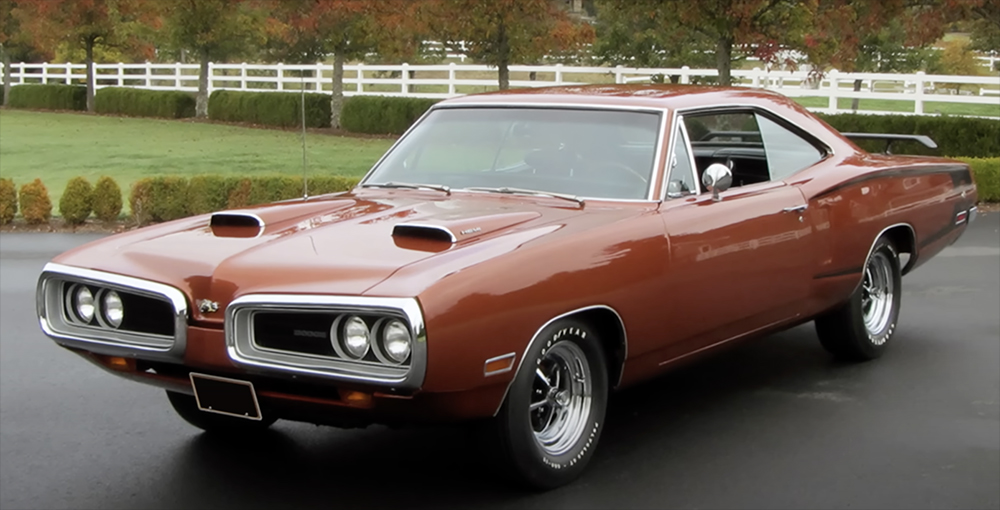
Pontiac Trans Am 455SD:
The 1973 Trans Am 455SD is a bit of an anomaly as it’s from the 1973 model year, a full two years after the apex of the American muscle car peak horsepower year of 1970. This bird benefited from Pontiac engineers upgrading most of the engine components from the standard 455 to yield improved big block performance. The 4-speed manually equipped SD could also get up and go with 0-60 coming in at 5.3 seconds and the quarter-mile blast only taking 13.5 seconds. In 1973, this car cost around $5,500, but today set aside about $100,000 to take one home with you.
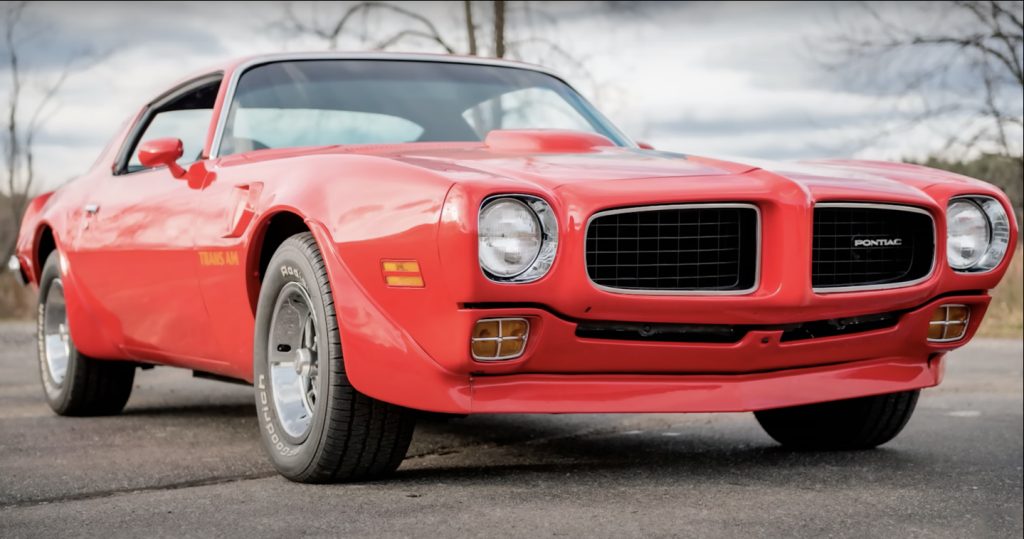
Ford Mustang Boss 429:
One of the most sought-after muscle cars from the late 1960s and very early 1970s is the Mustang Boss 429. Between 1969 and 1970, only 1,358 of the 429s were produced at Carcraft Ford’s special vehicle engineering facility in Brighton, Michigan. With only 5.3 seconds needed to get to 60 miles per hour from a standstill and the quarter-mile run taking 13.7 seconds, this car cost around $5,000 in 1970. Nowadays, they go for about $200,000 to $350,000 at auction for an original example.
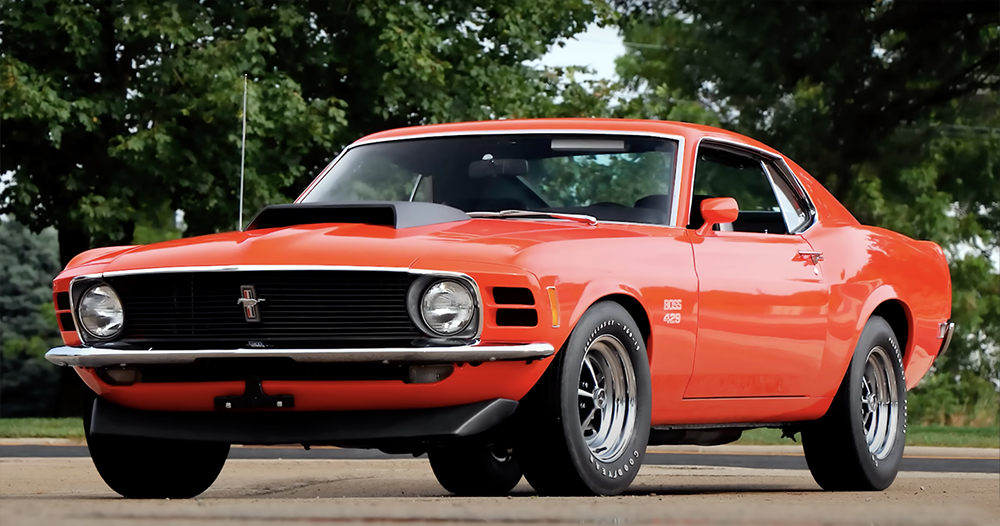
Pontiac GTO:
In 1970, the GTO received freshen body styling and a new polyurethane molded front fascia to distinguish it from its Pontiac Tempest roots. The 400 cubic inch Ram Air series of engines was the way to go, with the top dog Ram Air 4 delivering 370 horsepower. This brawny and gorgeous GTO could rush to 60 miles per hour in 5.1 seconds and blow through the quarter mile in 13.6 seconds. In 1970, this king of Pontiac performance would have cost around $4,600, but today, it will deplete your cash pile by about $100,000 for an all-original model.
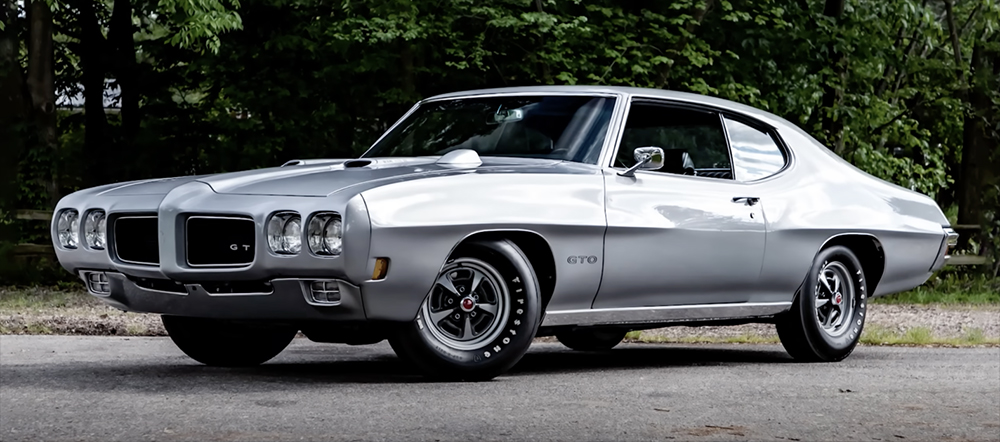
Chevrolet El Camino SS:
The winner of the quickest 1970s era muscle car is a bit of a surprise. It’s not a pony car, it didn’t have a Hemi, and it wasn’t all that popular. But it did derive its bones from the Chevrolet Chevelle. The El Camino SS with the LS6 version of the 454 cubic inch engine was the one to beat and reigns supreme at stoplight sprint duels. This muscle car truck mashup could do the zero to 60 dash in 5.0 seconds and pull a quarter-mile in 13.44 seconds. In 1970, your friendly Chevrolet dealer would have charged you around $1,800 to drive one home new. Nowadays, if you happen to locate one of these almost mythical creatures, it would take about $115,000 to bring it home to your garage.
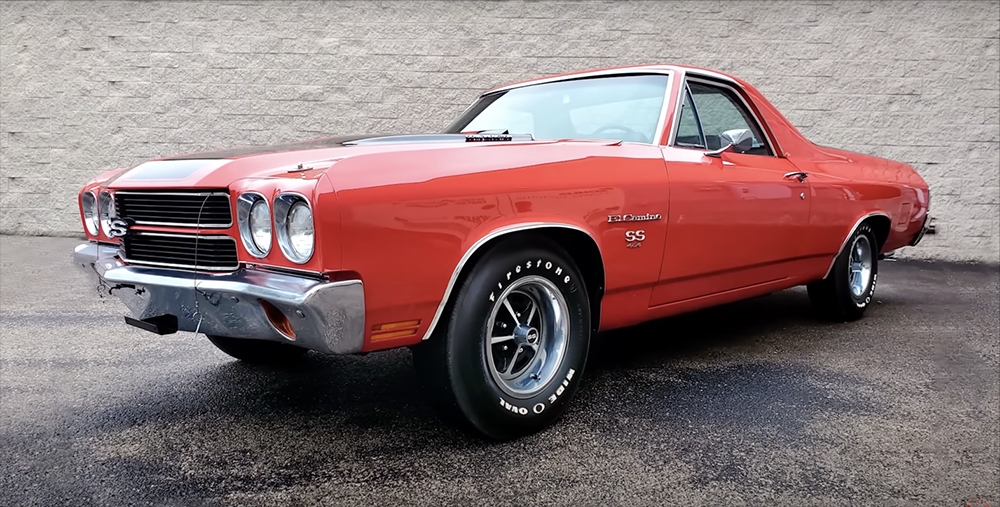
Conclusion:
These are the top 10 fastest muscle cars from the 1970s. From the Buick GS455 to the Chevrolet El Camino SS, each car on this list was a powerful and exciting representative of the muscle car era. While their original prices varied, their value has only gone up over the years. Owning one of these iconic vehicles is a dream for many car enthusiasts, and it’s easy to see why. They represent a time when power and speed were king, and the roar of a V8 engine was music to enthusiasts’ ears.
If you’re lucky enough to get your hands on one of these classics, make sure to take good care of it. With proper maintenance, these cars can last a lifetime and continue to provide joy and excitement to their owners. And for those who simply appreciate the beauty and power of these vehicles, take a trip down classic car memory lane with this video.